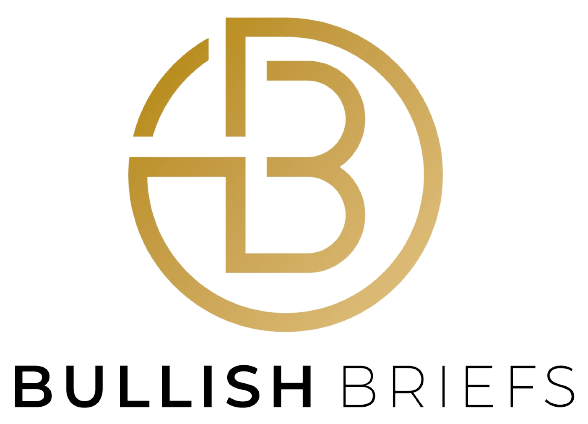
As the Federal Reserve embarks on a new cycle of rate cuts, bank investors are drawing comparisons to 1995—a year when the banking industry experienced one of its most significant rallies. In 1995, a series of rate cuts by the Fed, led by then-Chair Alan Greenspan, coincided with a soft landing for the U.S. economy, setting the stage for a banking boom. An index tracking the sector surged over 40% that year, outperforming the S&P 500 and maintaining its momentum for two more years.
Today, bank stocks are again on the rise. The same banking industry index that soared in 1995 is up over 19% this year, trailing only slightly behind major stock indexes. A broader index, which includes major non-bank financial firms, is also outperforming with a 21% increase. However, despite these promising figures, analysts remain cautious. Mike Mayo, a Wells Fargo analyst, notes that while history may not repeat itself, it often rhymes. He sees some similarities between now and 1995 but tempers expectations for a repeat of that year’s performance.
Historically, rate cuts have led to mixed outcomes for banks. In three instances—1995, 1998, and 2019—where the Fed cut rates without triggering a recession, bank stocks initially dipped before rallying to outperform the S&P 500. However, in other rate-cutting cycles, particularly those followed by recessions, bank stocks struggled to sustain their outperformance. The key difference in 1995 was the unique alignment of monetary policy and regulatory changes that significantly benefited banks.
In 1995, banks were coming out of a challenging period, with the collapse of major institutions like Barings Bank and financial strains in sectors like commercial real estate. Despite these difficulties, banks thrived due to the favorable spread between short-term borrowing rates and long-term lending rates. Moreover, deregulation, initiated by a 1994 federal law signed by President Bill Clinton, allowed banks to expand across state lines, fueling their growth.
Fast forward to today, the regulatory environment appears to be shifting in favor of big banks once more. Recent decisions by regulators, including the watering down of new bank capital requirements, have been seen as victories for the industry. However, not all regulatory moves have been welcomed, such as the Justice Department’s decision to revise its bank merger guidelines.
Looking ahead, the impact of the Fed’s rate cuts on bank earnings is uncertain. While lower rates generally boost lending activity, banks that thrived under higher rates may see diminished profits. Much depends on the Fed’s ability to engineer a soft landing, avoiding a recession while curbing inflation. As Fed Chair Jay Powell emphasized, the goal is to maintain the current strength of the U.S. economy.
Even without a recession, a repeat of 1995’s banking boom would require robust loan growth and a revival in investment banking. While some bank executives are optimistic about better earnings in 2025, others caution that challenges remain. Analysts expect banks to face higher revenues but also more credit issues in the coming year, suggesting that any gains may be tempered by increased loan loss provisions.
In conclusion, while the parallels to 1995 are intriguing, the current economic and regulatory landscape is different enough to warrant caution. Investors hoping for a repeat performance may need to temper their expectations, recognizing that while history may rhyme, it rarely repeats exactly.





